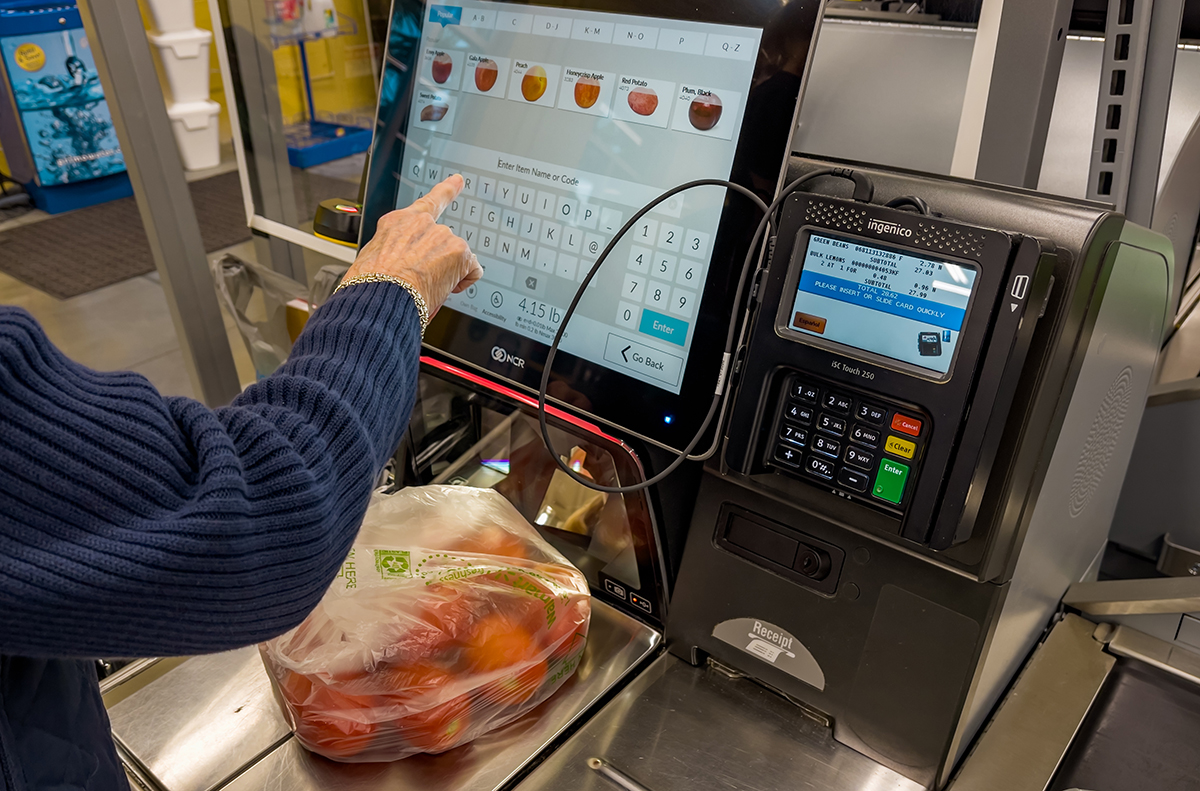By Marjorie DePuy, Senior Director, Supply Chain and Sustainability, FMI 
As a society, we waste somewhere between 25-40% of the food that is grown, processed and transported. As we work to lower that number, it’s easy to become overwhelmed by the measurements and action required, much less the information and reporting.
This week, experts in measuring and reporting food loss and waste from the World Resources Institute (WRI) and ReFED shared new resources companies can use as they start or continue to set targets, measurements and actions in the effort to minimize food loss and waste.
Measurement and Management Tools
WRI’s Overcoming Resistance to the Measurement of Food Loss and Waste guidance gives practical information and resources to overcome common obstacles to implementing measurement and management policies for food waste. The Approaches for Excluding the Weight of Packaging from the Weight of Food Loss and Waste (FLW) details approaches and guidance to selecting proper practices for food waste measurement.
Food Loss Mapping
WRI ‘s Food Waste Atlas, launched last year, gives users details, by product category and region, about food loss and waste. Updates to the Atlas include improved search speed/functionality, 200K more data points and more search filters. Coming soon is an online data submission form to make sharing data easier.
Calculation Tools
The ReFED Insights Engine gives additional support to companies looking to make the conversion from financial Point of Sale (POS) data to weight estimates, which most reporting frameworks for food waste require. ReFED has worked in partnership with Nielsen on calculators that incorporate publicly available data as well as proprietary data across 250 categories. The algorithms were developed to convert POS data to common weight measurement. The data behind the Insights Engine represents over 85% of U.S. grocery retail sales and includes random weight items sold by count or each. The data and methodology will be available early January 2020.
Consumer Guidance
Speaking of tools, this is a good time of year to remind customers about the FoodKeeper mobile app. Created through the work of FMI, the Cornell University Department of Food Science and the U.S. Department of Agriculture (USDA), this free, shopper-friendly tool helps shoppers know how best to store food and maintain freshness and quality, avoiding food waste at home.
Armed with these tools, may 2020 be the year that households across the country and our entire food supply chain prevent food waste and improve recovery and recycling of excess food.


 Industry Topics address your specific area of expertise with resources, reports, events and more.
Industry Topics address your specific area of expertise with resources, reports, events and more.
 Our Research covers consumer behavior and retail operation benchmarks so you can make informed business decisions.
Our Research covers consumer behavior and retail operation benchmarks so you can make informed business decisions.
 Events and Education including online and in-person help you advance your food retail career.
Events and Education including online and in-person help you advance your food retail career.
 Food Safety training, resources and guidance that help you create a company food safety culture.
Food Safety training, resources and guidance that help you create a company food safety culture.
 Government Affairs work — federal and state — on the latest food industry policy, regulatory and legislative issues.
Government Affairs work — federal and state — on the latest food industry policy, regulatory and legislative issues.
 Get Involved. From industry awards to newsletters and committees, these resources help you take advantage of your membership.
Get Involved. From industry awards to newsletters and committees, these resources help you take advantage of your membership.
 Best practices, guidance documents, infographics, signage and more for the food industry on the COVID-19 pandemic.
Best practices, guidance documents, infographics, signage and more for the food industry on the COVID-19 pandemic.
